Henry M. Rosenberg (1858–1947)
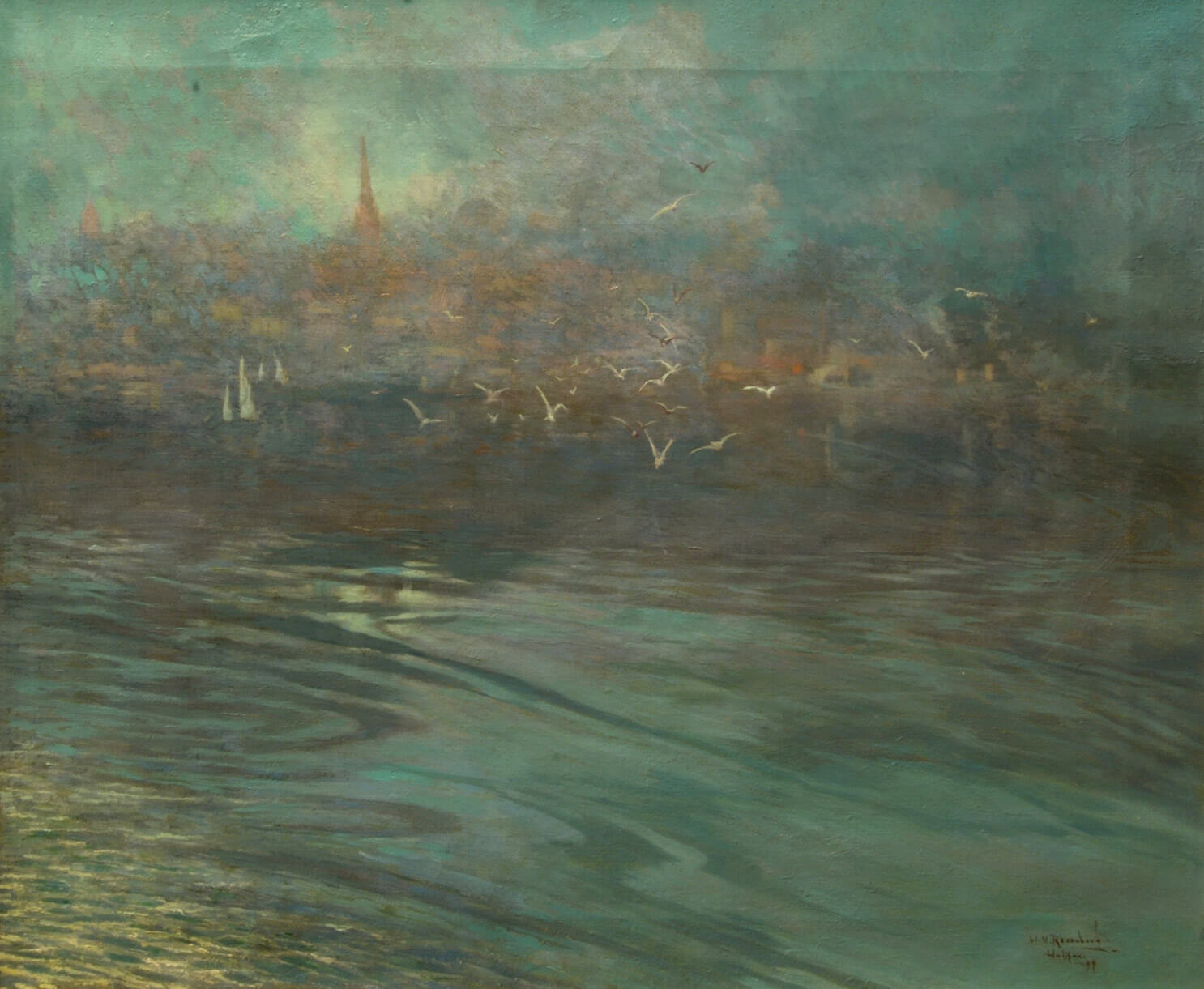
Henry M. Rosenberg, Halifax Harbour, 1909
Oil on canvas, 50.8 x 61.2 cm
Art Gallery of Nova Scotia, Halifax
An American artist who studied under his compatriot, the painter Frank Duveneck (1848–1919), Henry M. Rosenberg moved to Halifax in 1896, where he worked for thirty-seven years as a painter, printmaker, and educator. He had trained with Duveneck in Munich in 1878, subsequently accompanying the older painter to Florence and Venice. While in Venice, he came under the influence of another American expatriate, James McNeill Whistler (1834–1903). Whistler’s Tonalism was to be a lifelong influence, apparent in Rosenberg’s works such as Halifax Harbour, 1909, but it was Whistler’s practice as an etcher that was to have the most profound effect on Rosenberg, who took up the technique and continued to make prints for the remainder of his career.
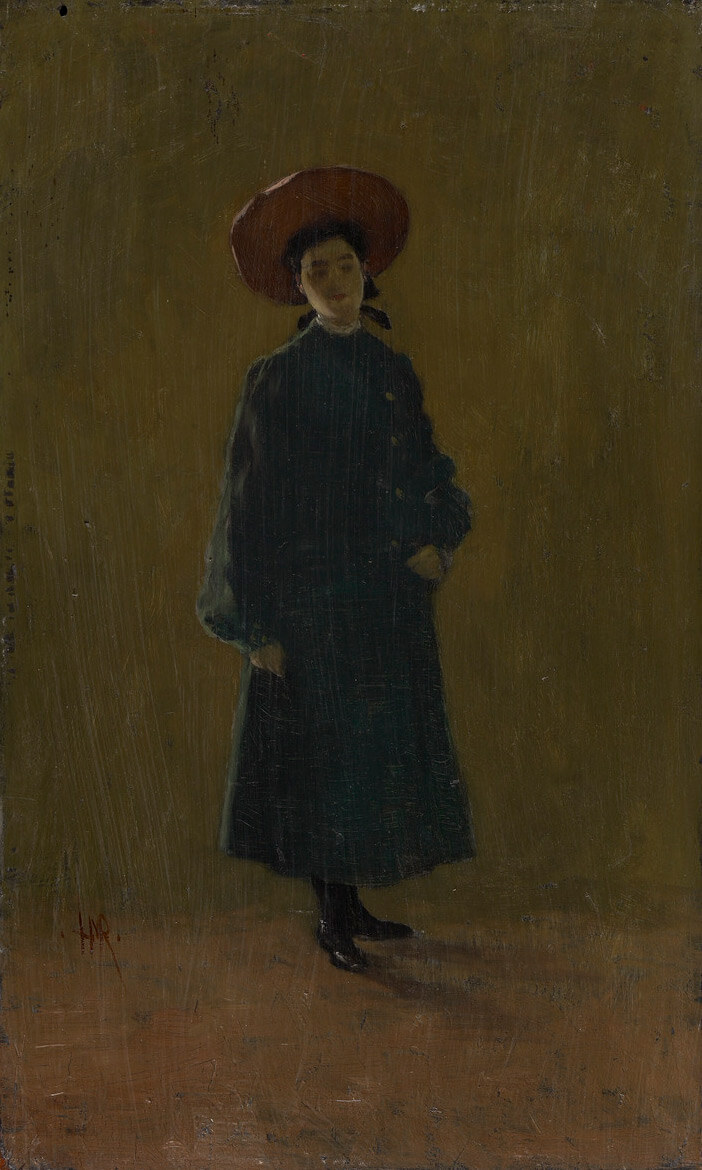
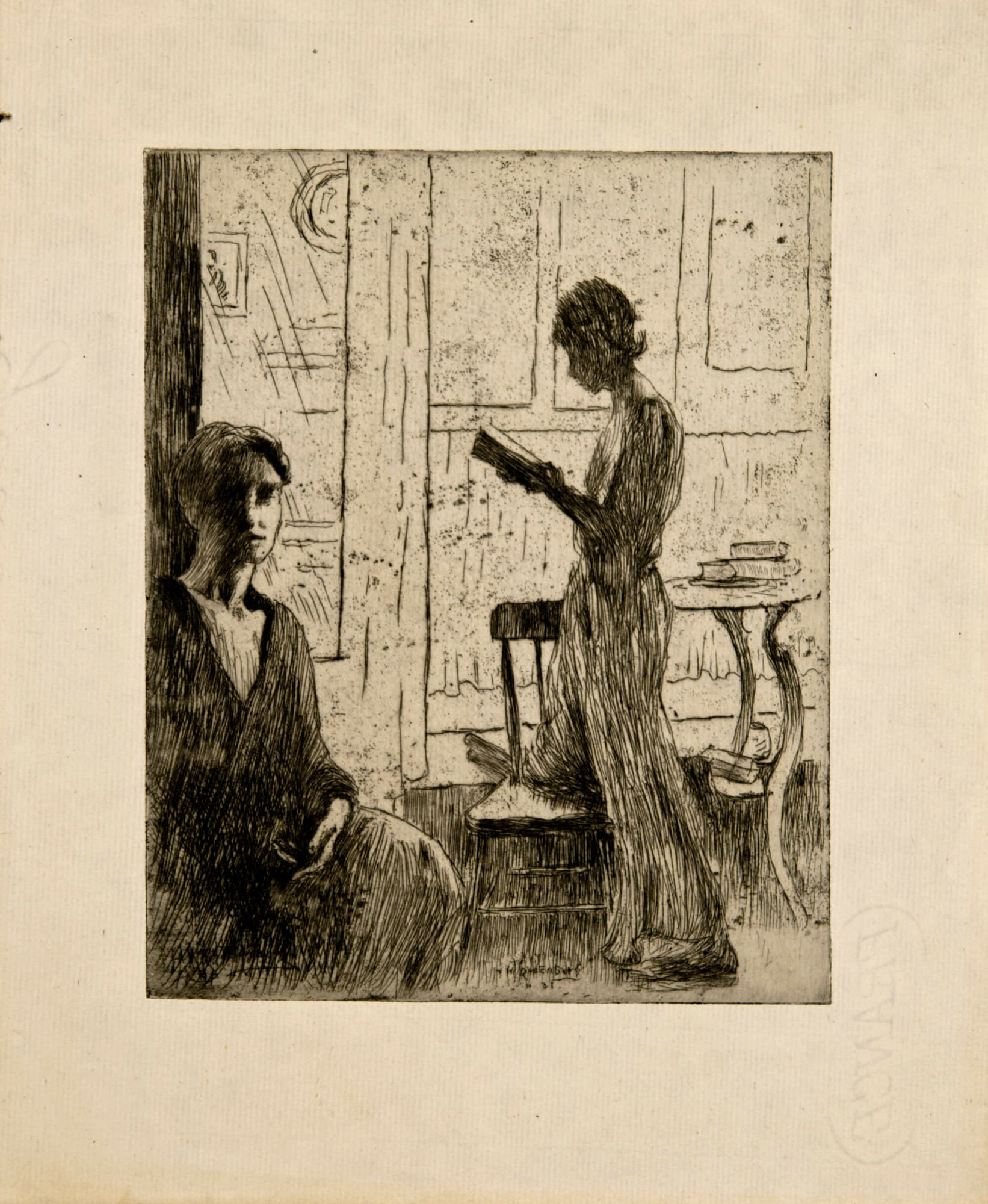
Exactly how Rosenberg became interested in Halifax is not known, but while living in New York he became friends with the Halifax-born Ernest Lawson (1873–1939) and with Edith Moses, a New York socialite with close friends in Halifax. Additionally, Rosenberg was a member of the Salmagundi Club, as was prominent Halifax businessman (and board member of the Victoria School of Art and Design) James Roy. Whatever the impetus, by 1896 he had decided to move to the city, arriving there on July 1 that year. He offered private lessons from his studio in Halifax; among his students were Edith Smith (1867–1954) and Una Gray (1873–1955).
In 1898 the position of principal of VSAD became vacant and Rosenberg was appointed. He served in the position for twelve years. In 1909 Rosenberg married the Dartmouth heiress Emily Scarfe, and, newly wealthy, he resigned the principalship in 1910, though he would continue to teach printmaking for another twenty years.
Rosenberg exhibited widely in his lifetime, in salons and exhibitions in Canada, the United States, and Europe. While he was conservative in his teaching methods, following the academic methods he inherited from his predecessors at VSAD, he was the opposite in his artmaking. Absorbing realism, Tonalism, Impressionism, Symbolism, and even the Post-Impressionism of the Group of Seven, Rosenberg never stopped experimenting, if within boundaries (“modernism within moderation,” as one later critic wrote). In 1934, on the death of his wife, Rosenberg retired to Citronelle, Alabama, where he died in 1947.

 About the Author
About the Author
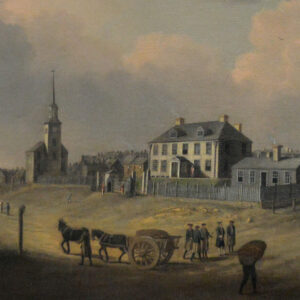 More Online Art Books
More Online Art Books
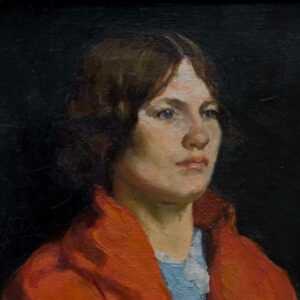 Acknowledgements
Acknowledgements